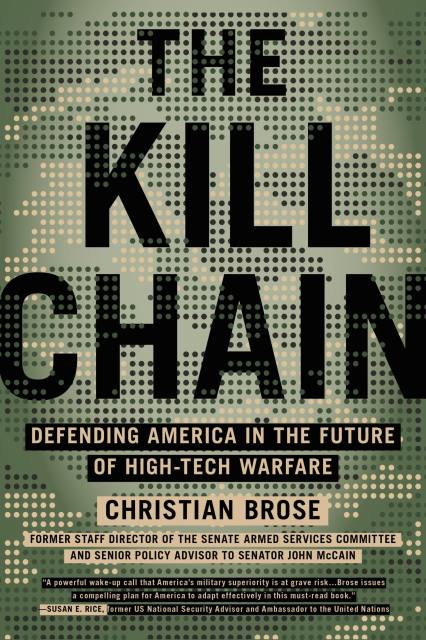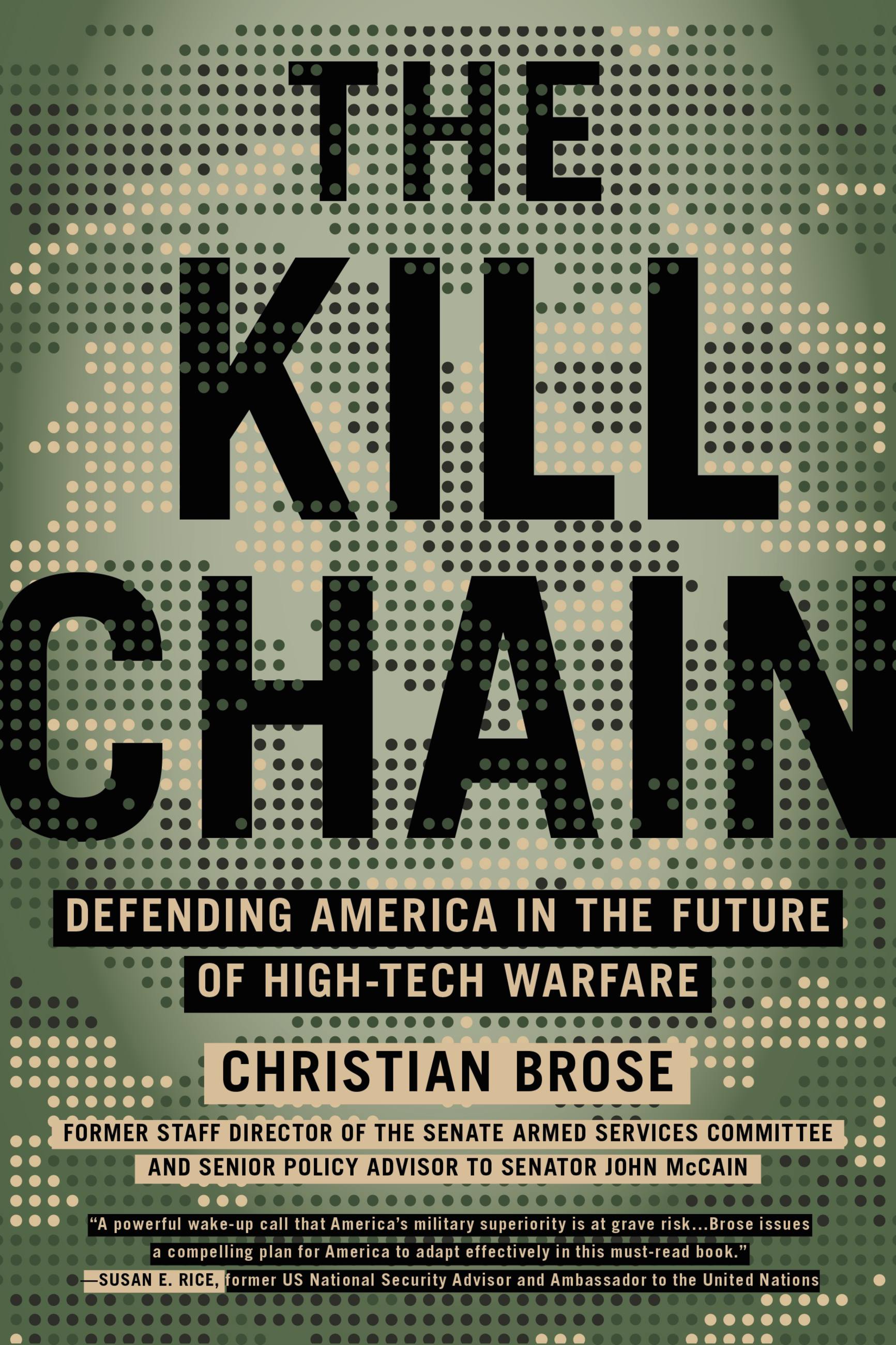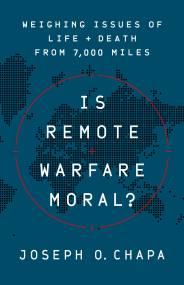Promotion
25% off sitewide. Make sure to order by 11:59am, 12/12 for holiday delivery! Code BEST25 automatically applied at checkout!
By clicking “Accept,” you agree to the use of cookies and similar technologies on your device as set forth in our Cookie Policy and our Privacy Policy. Please note that certain cookies are essential for this website to function properly and do not require user consent to be deployed.
The Kill Chain
Defending America in the Future of High-Tech Warfare
Contributors
Formats and Prices
- On Sale
- Apr 21, 2020
- Page Count
- 320 pages
- Publisher
- Grand Central Publishing
- ISBN-13
- 9780316533362
Price
$11.99Price
$15.99 CADFormat
Format:
- ebook $11.99 $15.99 CAD
- Hardcover $30.00 $40.00 CAD
- Audiobook Download (Unabridged) $27.99
- Trade Paperback $19.99 $25.99 CAD
This item is a preorder. Your payment method will be charged immediately, and the product is expected to ship on or around April 21, 2020. This date is subject to change due to shipping delays beyond our control.
Buy from Other Retailers:
From a former senior advisor to Senator John McCain comes an urgent wake-up call about how new technologies are threatening America's military might.
For generations of Americans, our country has been the world's dominant military power. How the US military fights, and the systems and weapons that it fights with, have been uncontested. That old reality, however, is rapidly deteriorating. America's traditional sources of power are eroding amid the emergence of new technologies and the growing military threat posed by rivals such as China. America is at grave risk of losing a future war.
-
"The Kill Chain is a tour-de-force. Few people are as knowledgeable and experienced as Christian Brose in thinking about the intersection of emerging technology and national defense. He pulls it all together in this compelling, unsettling, and outstanding book."Eric Schmidt, former Chairman of Alphabet and CEO and Chairman of Google
-
"Provocative, jolting, superb, and on target! The Kill Chain is all of those things and more. If you read only one book to better understand the challenges facing the US military and the promise of emerging technologies, this should be it."Admiral James Stavridis, former Supreme Allied Commander at NATO and author of Sailing True North: Ten Admirals and the Voyage of Character
-
"Christian Brose has done the country a great service by writing this important and timely book. The Kill Chain is a powerful and thoughtful challenge to much of the conventional wisdom about national defense. It also offers a compelling vision for how the US military can get beyond business as usual to compete and win in this new era of great power competition. Brose's book should be read by every American."Senator Tom Cotton (R-AR), author of Sacred Duty: A Soldier's Tour at Arlington National Cemetery
-
"The Kill Chain is an exceptional--and an exceptionally stimulating--guide to thinking about the military and technological revolutions that will produce a fundamental change to the character of war."General David Petraeus (US Army, Ret.), former Commander of the Surge in Iraq, US Central Command, and Coalition Forces in Afghanistan, as well as former Director of the CIA
-
"Christian Brose understands like few others the serious challenges the U.S. military faces, especially in relation to China. He delivers a powerful wake-up call to the American people and our leadership--warning aptly that America's military superiority is at grave risk unless we reimagine defense. Thankfully, Brose issues a thoughtful and compelling plan for America to adapt effectively in this gripping, must-read book."Susan E. Rice, former US National Security Advisor and Ambassador to the United Nations
Newsletter Signup
By clicking ‘Sign Up,’ I acknowledge that I have read and agree to Hachette Book Group’s Privacy Policy and Terms of Use






